Industry information
Company News
- Aluminum curtain wall: the fashionable coat of modern architecture
- Aluminum veneer customization: an artistic journey to create personalized spaces
- The Wonderful World of Aluminum Honeycomb Panels: Unveiling Its Unique Charm
- Aluminum Ceiling: Creating a New Style of Modern Home Furnishings
- Aluminum curtain wall: the fashionable coat of modern architecture
Industry dynamics
- Aluminum curtain wall: not only a facade project, but also a tool for architectural innovation!
- Aluminum curtain wall: a model of the integration of architectural aesthetics and technology
- Aluminum veneer: the hidden protagonist in modern architecture
- Quality standard for customized aluminum veneer
- The new trend of aluminum ceiling, the perfect fusion of fashion and practicality!
Frequently asked questions
- What is the manufacturing process of aluminum veneer?
- Has the production process of aluminum veneer reduced energy consumption?
- How to evaluate the impact of environmental certification for aluminum veneer on the appearance of buildings?
- Can the insulation function of aluminum veneer solve the structural problems of buildings?
- How can aluminum veneer improve the appearance of buildings?
contact us
Mobile:+86 15627778610
Email: 2201229786
Address: No. 5 Binjiang Road, High tech Zone, Zhaoqing City, Guangdong Province
Exploration into the Texture and Glossiness Selection of Aluminum Single Panel Curtain Walls and Their Role in Architecture
- Author: Lesilong Technology (Guangdong) Co., Ltd
- Release time: 2022-03-03 04:08:41
- Click:0
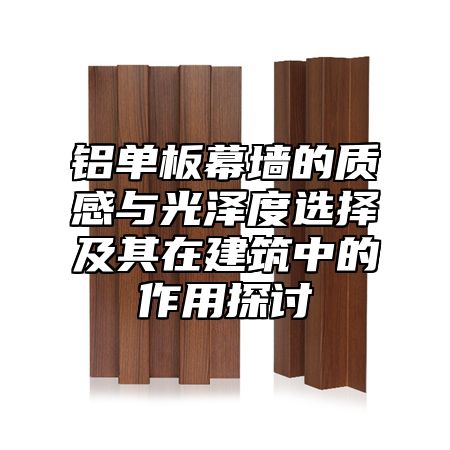
Aluminum veneerCurtain wall is a new type of material widely used in building exterior wall decoration, and its texture and glossiness are important factors affecting its application effect. This article will explore the selection of aluminum veneer curtain walls and their role in architecture from two aspects: texture and glossiness.
1、 Texture selection
The texture of aluminum veneer curtain wall refers to its surface texture, color and other characteristics. Different textures can bring different visual effects to buildings. Common textures of aluminum veneer include:
1. Smooth texture: The surface is smooth and the color is bright, suitable for high-end commercial buildings or large public buildings.
2. Matte texture: The surface has a certain degree of concavity and convexity, with a soft color, suitable for private buildings such as residential buildings or villas.
3. Relief texture: The surface has relief patterns, rich colors, and is suitable for cultural buildings or art venues.
2、 Glossiness selection
The glossiness of aluminum veneer curtain wall refers to its surface reflectivity and brightness, and different glossiness can bring different visual effects to the building. Common aluminum veneer glossiness includes:
1. High gloss glossiness: With high surface reflectivity and strong brightness, it is suitable for high-end commercial buildings or large public buildings.
2. Semi gloss glossiness: Moderate surface reflectivity and brightness, suitable for private buildings such as residential buildings or villas.
3. Full gloss: Low surface reflectivity and weak brightness, suitable for some special occasions such as museums, art galleries, etc.
3、 Discussion on Function
The texture and glossiness of aluminum veneer curtain walls can not only bring beautiful visual effects to buildings, but also play the following roles:
1. Improve the lighting effect of buildings: Aluminum veneer curtain walls with different materials and glossiness can absorb light of different wavelengths, making indoor light more uniform and soft, and improving the lighting effect.
2. Enhance the thermal insulation performance of buildings: Aluminum veneer curtain walls have good thermal insulation performance, which can effectively reduce indoor temperature and reduce air conditioning energy consumption.
3. Improve the safety performance of buildings: Aluminum veneer curtain walls have good seismic and fire resistance, which can effectively improve the safety performance of buildings.
The texture and glossiness of aluminum veneer curtain wall are important factors affecting its application effect. Choosing the appropriate texture and glossiness can bring better visual effects and practical performance to the building.

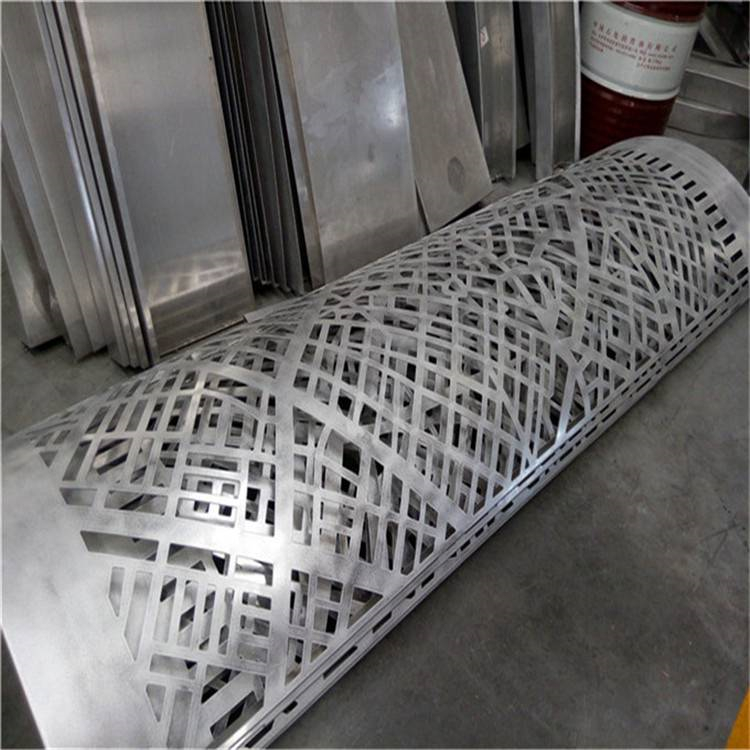
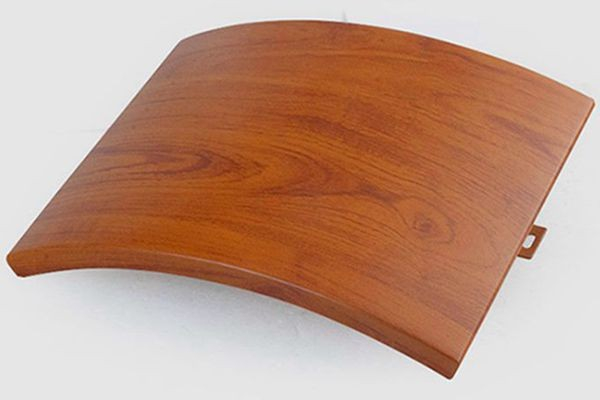
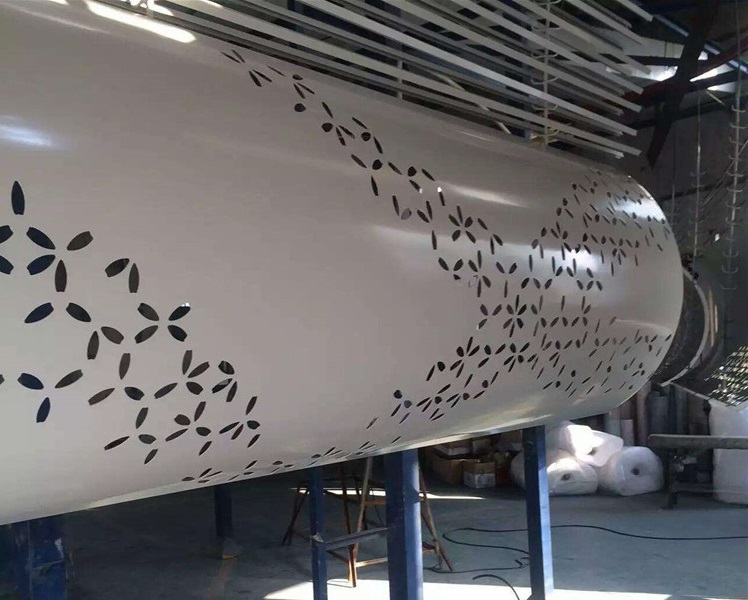
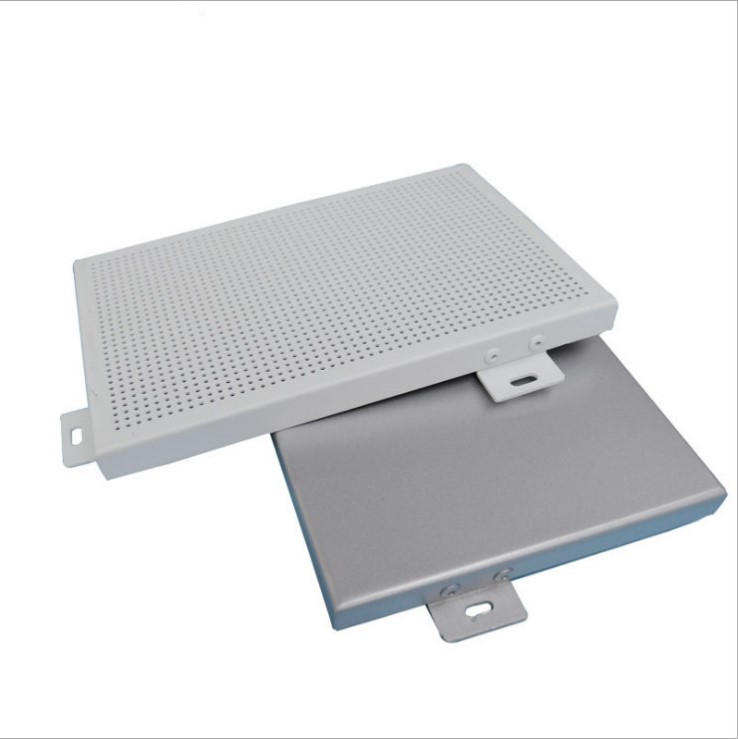

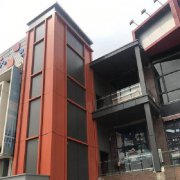
 Customer service QQ
Customer service QQ